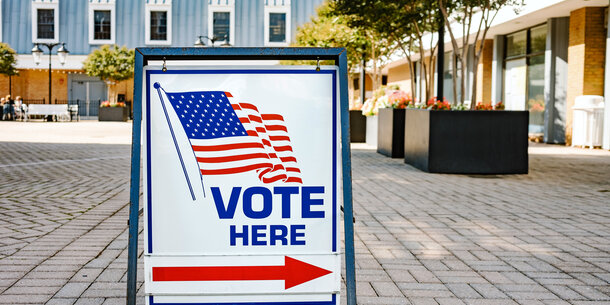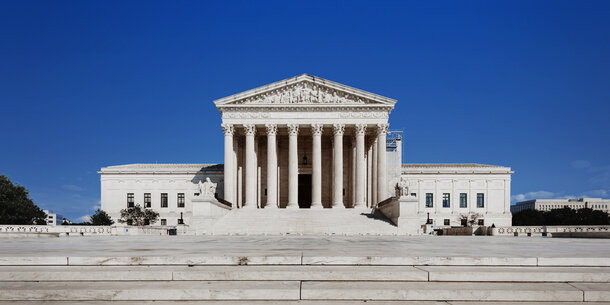This Friday marks eight years since the Supreme Court gutted a key provision of the Voting Rights Act, one of this country’s most successful pieces of civil rights legislation. Today, with state lawmakers taking advantage of the gaping hole in voting rights protections left by Shelby County v. Holder, the need for action is urgent.
There are two bills that Congress can use to fill that hole: the For the People Act and the John Lewis Voting Rights Advancement Act. The first has been passed by the House as H.R. 1 and is before the Senate this week as S. 1. It sets national standards that make it easier for Americans to vote, and it would mitigate the effect of many of the state laws passed making it harder. The second would stop many of those laws from taking effect in the first place.
At the heart of the VRA is the “preclearance” system established under Section 5 of the law. Under preclearance, states and localities with a history of voting discrimination must get certification in advance that any election change they wanted to make would not be discriminatory. The VRA included a formula, set out in Section 4, that identified which states and localities were subject to this review.
In Shelby County, a 5–4 majority invalidated that formula, ruling that it was too out-of-date. For nearly 50 years, the preclearance regime blocked discriminatory voting changes in several states — Alabama, Alaska, Arizona, Georgia, Louisiana, Mississippi, South Carolina, Texas, and Virginia — and a number of localities elsewhere. Between 1998 and 2013 alone, Section 5 blocked 86 discriminatory changes, including 13 in the 18 months before Shelby County.
But even as the Supreme Court credited the VRA for improving conditions for voters of color, a majority decided that Section 4’s preclearance formula was no longer constitutional because “things have changed dramatically.” As Justice Ruth Bader Ginsburg pointed out in her dissent, however, it made no sense to get rid of a policy because it was working. She wrote presciently, “Throwing out preclearance when it has worked and is continuing to work to stop discriminatory changes is like throwing away your umbrella in a rainstorm because you are not getting wet.”
During the eight years since then, the rainstorm has grown into a torrential downpour. New voting restrictions, like stricter voter ID laws, have proliferated across the country. Voter purges — the removal of voters from the rolls — have surged in localities once covered by preclearance. The Brennan Center has calculated that if once-covered jurisdictions purged at the same rates as uncovered jurisdictions between 2012 and 2018, 3.1 million fewer voters would have been purged. Polling place closures in previously covered jurisdictions, along with fewer resources allocated in places that are becoming less white over time, has meant long wait-times to vote. And Brennan Center research shows that Black and Latino voters are more likely than white voters to experience the longest wait times on Election Day.
This year, we are seeing the most aggressive voter suppression effort since Jim Crow. To date, 17 states have enacted 28 laws that restrict voting access. Several of these laws have already been challenged in court. But preclearance could have stopped many of these policies in their tracks, without wasting the time and resources of our legal system or risking voter confusion.
In Shelby County, the Supreme Court left the ball squarely in Congress’s court, directing it to pass a renewed Voting Rights Act with a preclearance formula that “speaks to current conditions.” Congress is planning to do just that in the John Lewis Voting Rights Advancement Act. The bill — a new version of which is expected to be introduced later this year — will contain a revised coverage formula that looks at more modern issues of discrimination. It will also set forth certain discriminatory voting practices — like voter ID laws and polling place closures — that are subject to preclearance regardless of where the policies are implemented. And the bill has procedures for states or localities to show that preclearance doesn’t make sense for them anymore, among several other provisions.
Given the wave voter suppression laws enacted this year, and possibly more to come from states like Arizona, Texas, and Ohio, the impact of Shelby County has never been felt more acutely. Congress can and must act to once again make good on the promise of the 15th Amendment. That means passing the For the People Act and restoring the Voting Rights Act so that no voter faces discrimination at the ballot box.



